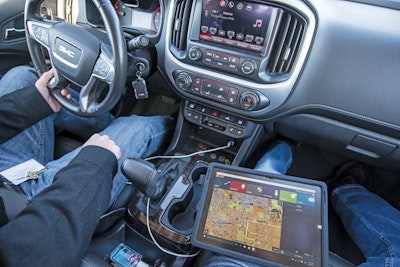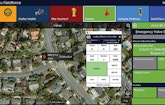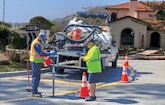Laguna Beach County Water District provides water services to around 25,000 residents within 8.5 square miles of southern Orange County. The district receives approximately 1.14 billion gallons of water per year from the Colorado River and Northern California and stores it in 21...
Moving to a New Platform
Laguna Beach County work crews enjoy the benefits of new technology in the field.
Popular Stories
Discussion
Comments on this site are submitted by users and are not endorsed by nor do they reflect the views or opinions of COLE Publishing, Inc. Comments are moderated before being posted.









